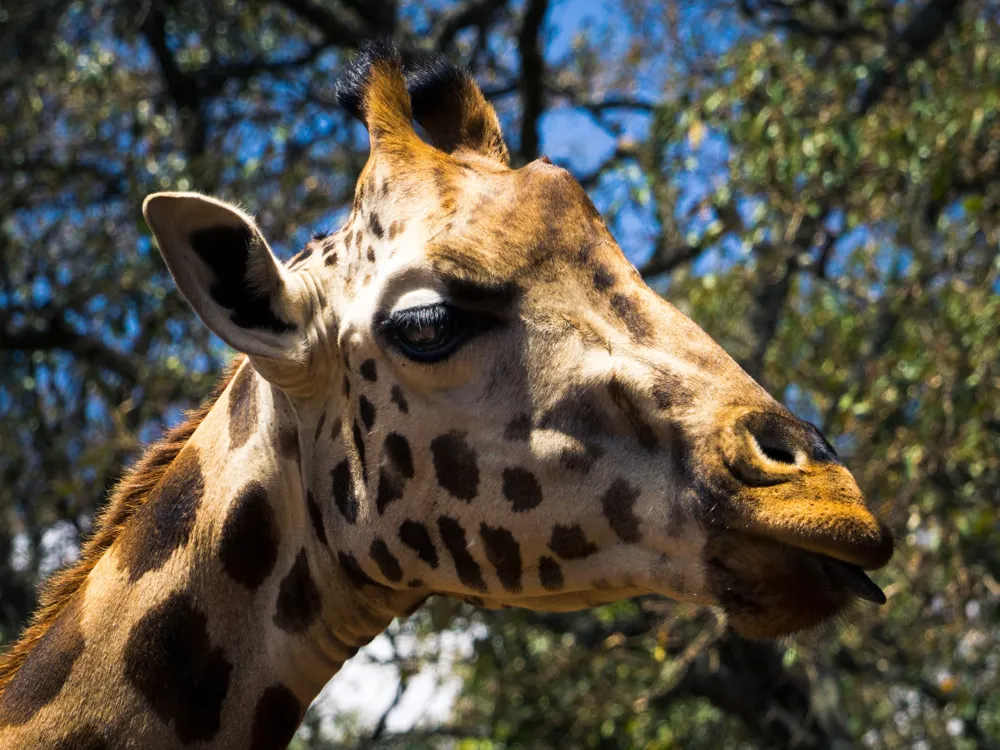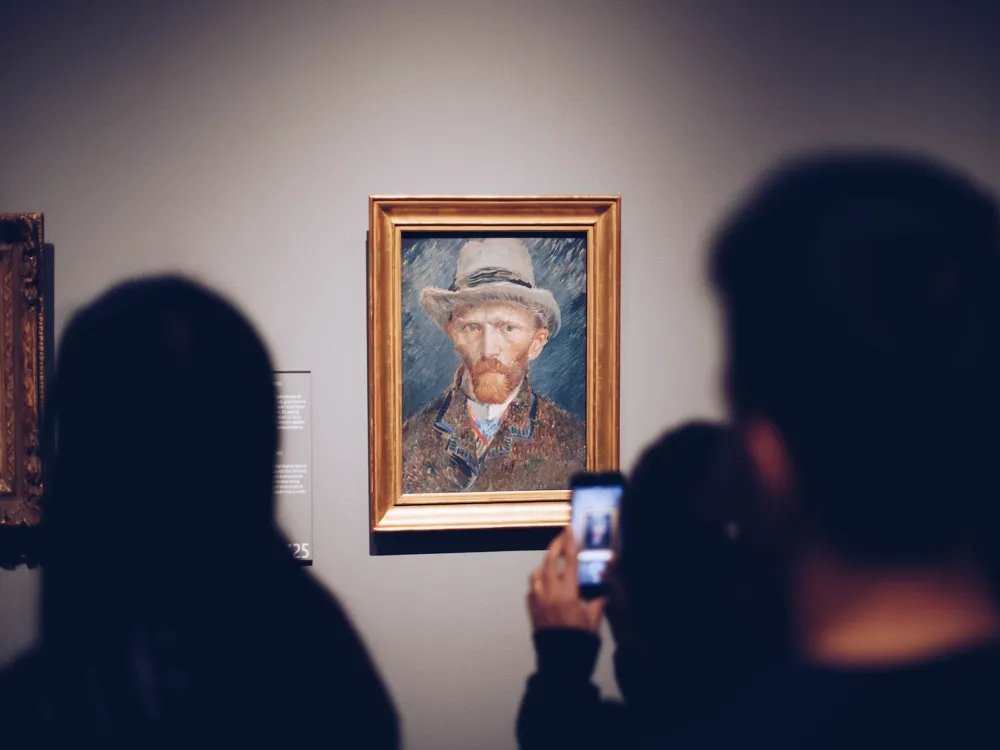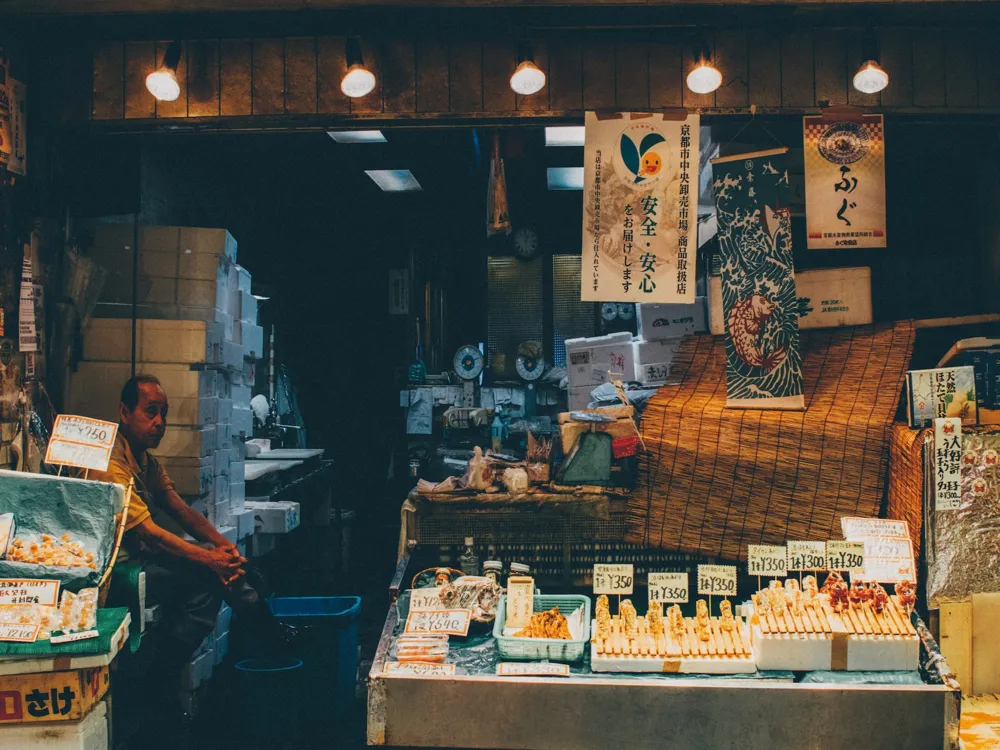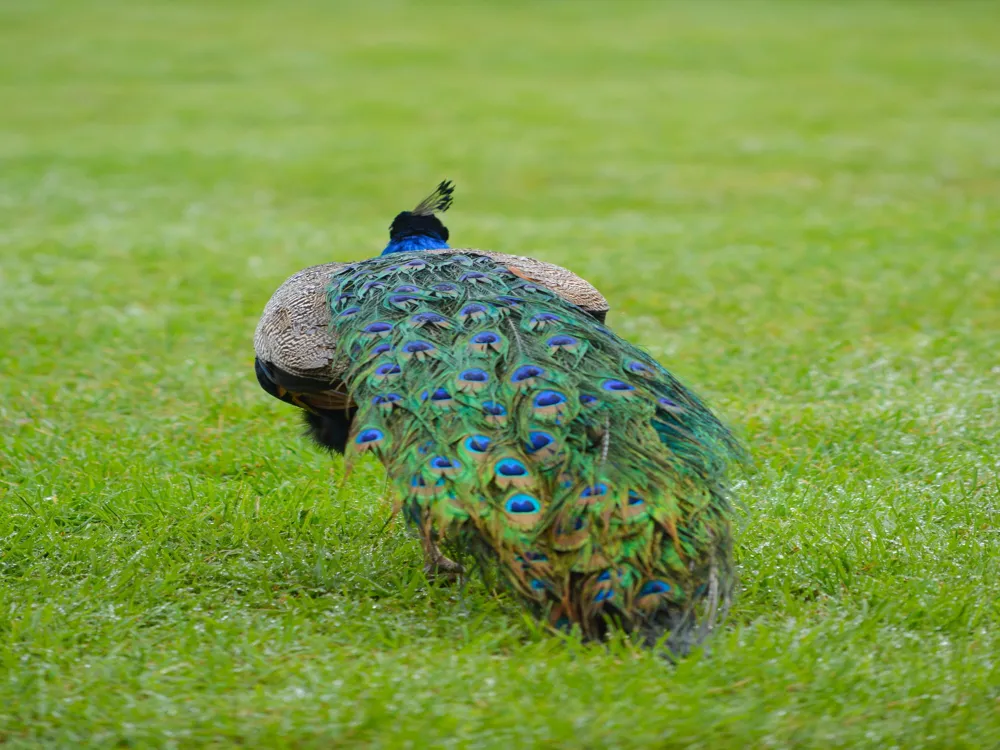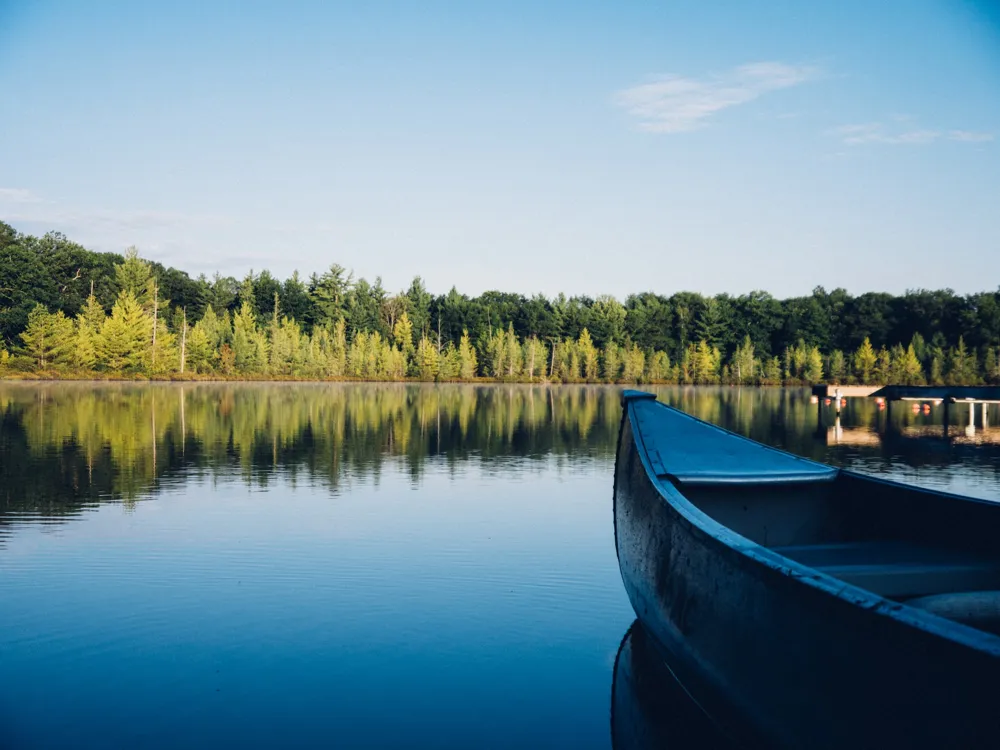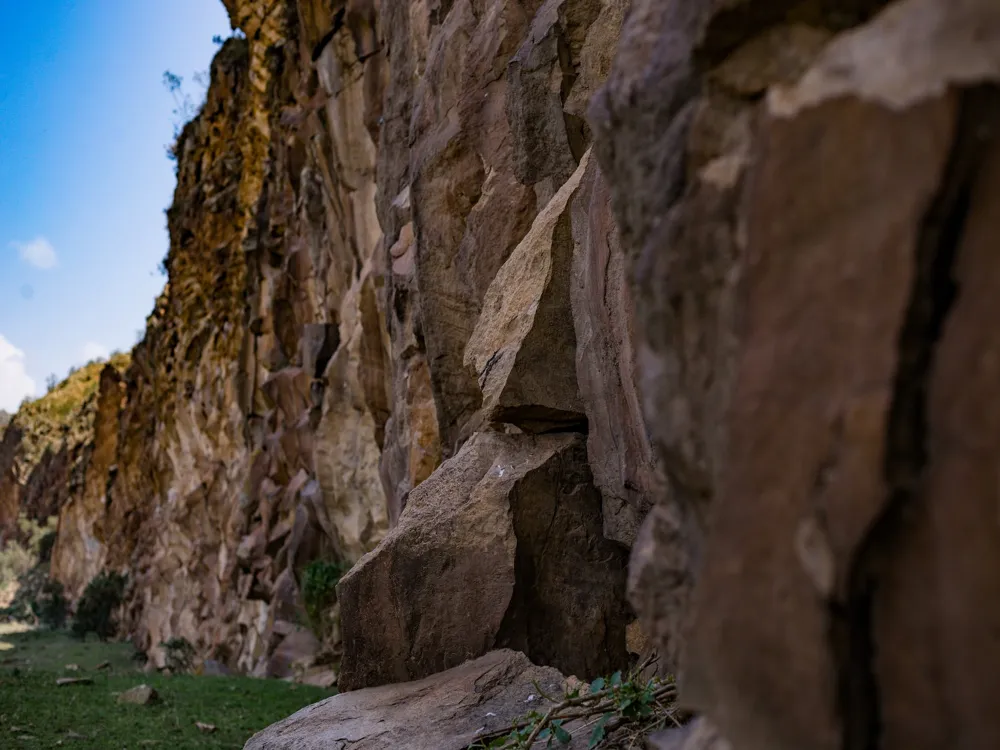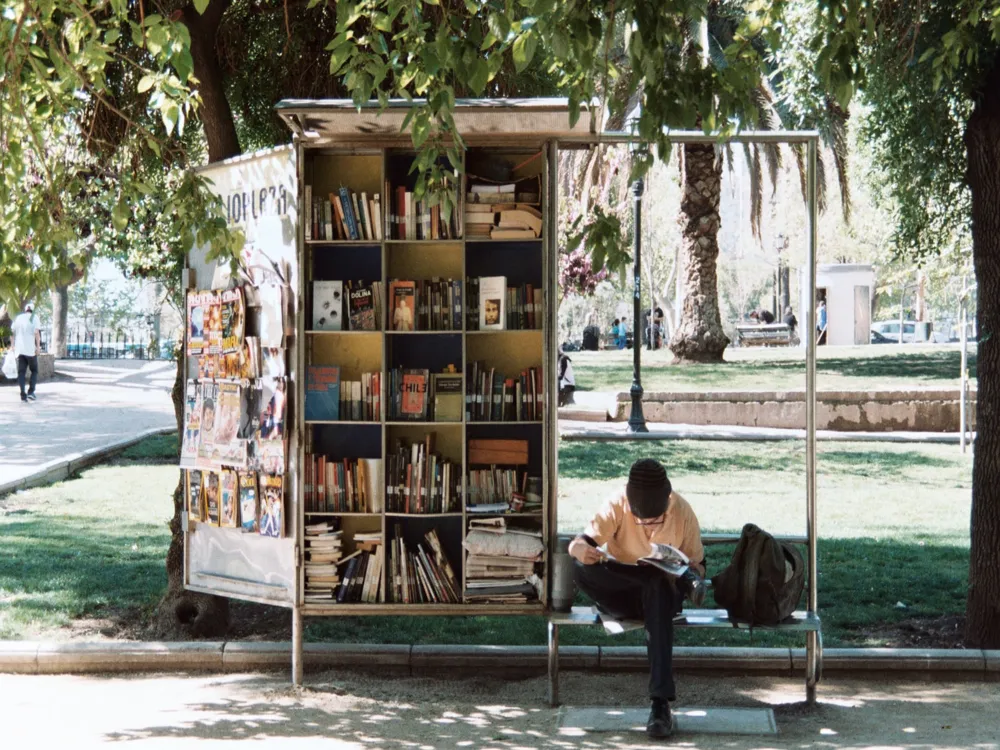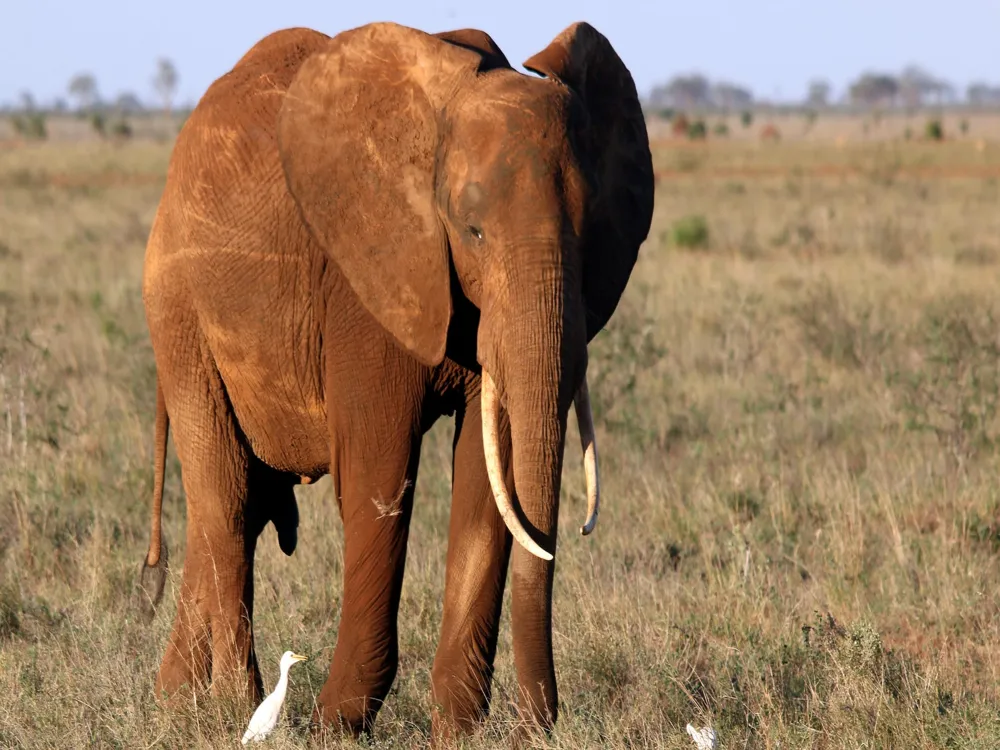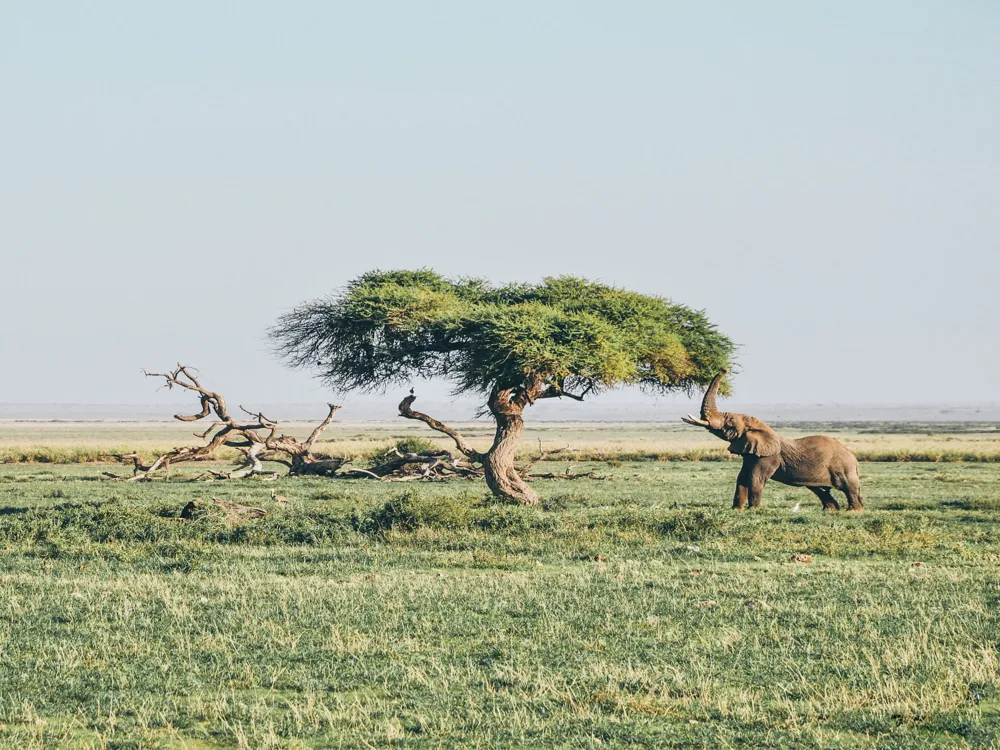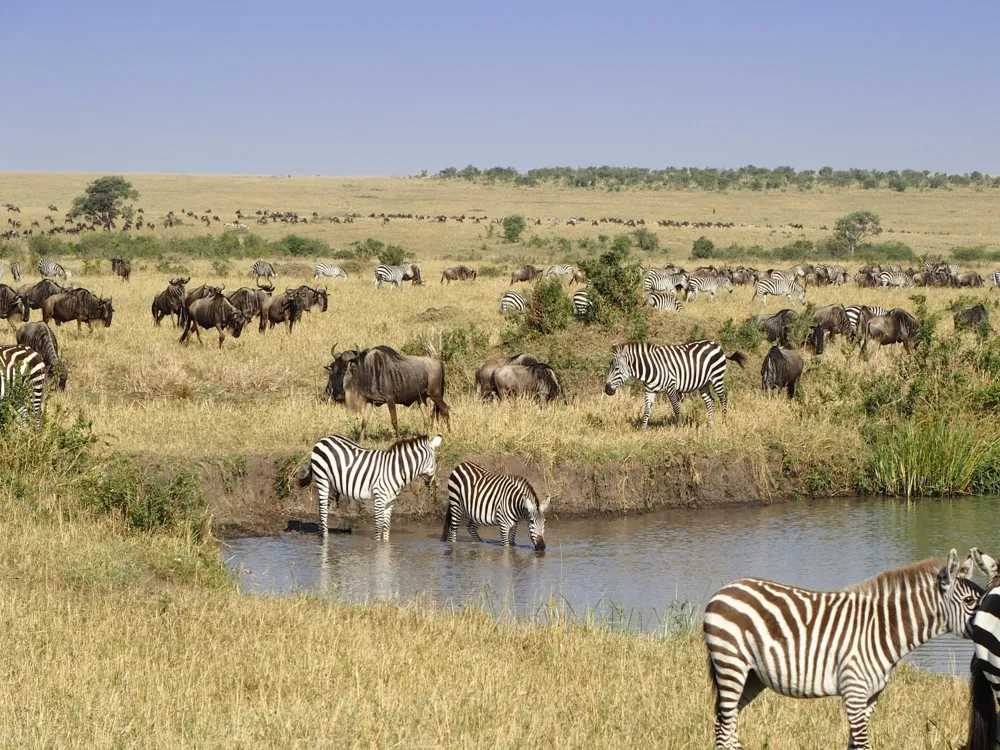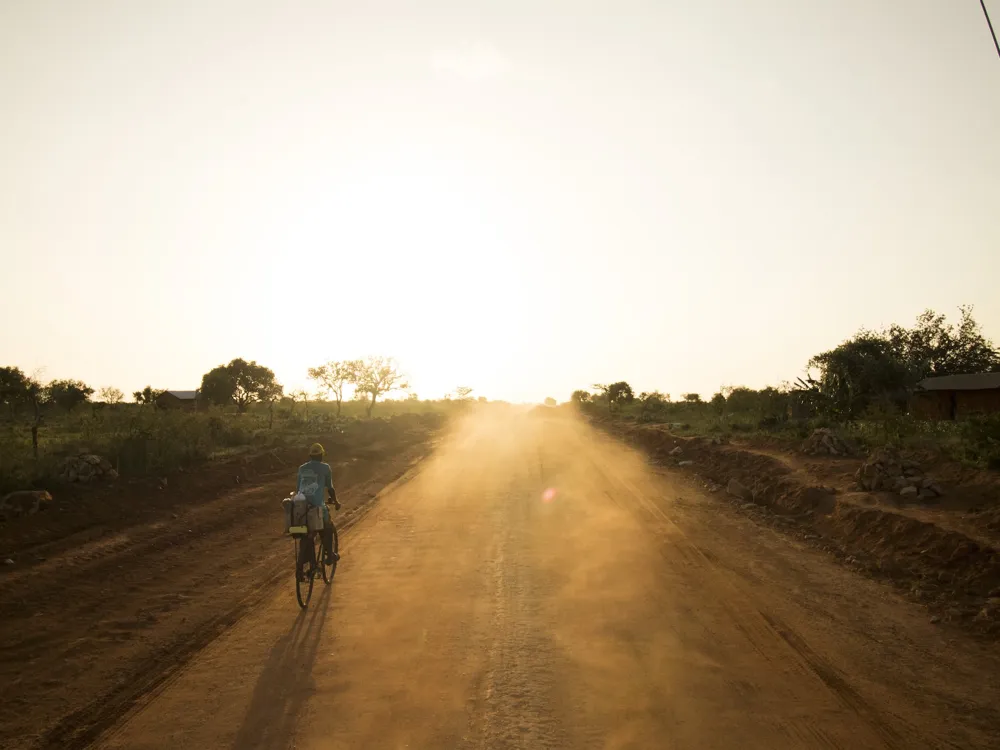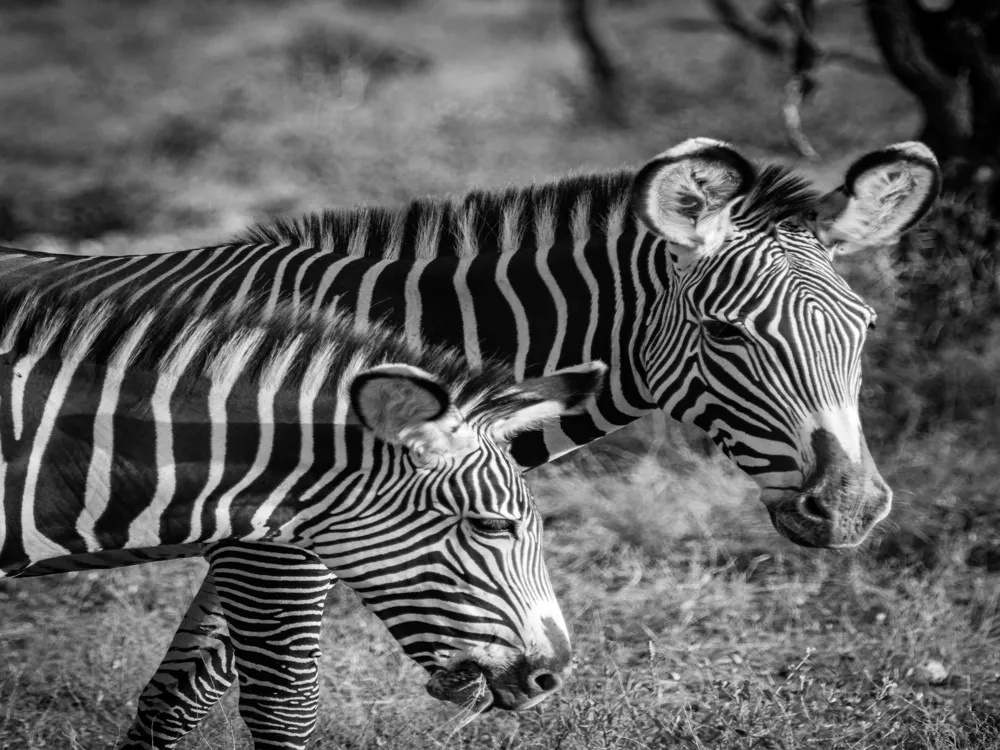The Bomas of Kenya, located in Nairobi, is a must-visit cultural attraction that showcases the vibrant and diverse tribal cultures of Kenya. It serves as a living museum where visitors can experience the rich traditions, arts, crafts, and music of the various ethnic groups that make up Kenya's social fabric. Established in the early 1970s, this unique cultural center spans over 100 acres and is dedicated to preserving and promoting the heritage of Kenya's 42 tribes. The center's name, 'Bomas', is derived from the Swahili term for homesteads, reflecting its design which represents the traditional village life of several Kenyan tribes. Upon entering, visitors are welcomed into a world where the past and present merge, offering a glimpse into the traditional lifestyles, including social structures, crafts, music, and dance. The highlight of Bomas of Kenya is the daily performances by resident artists, showcasing energetic dances and songs that are integral to the Kenyan tribal cultures. Aside from performances, the Bomas of Kenya also features a variety of traditional homesteads (Bomas), each constructed in the architectural style of different tribes. These homesteads are meticulously built and maintained, providing visitors with an authentic experience of tribal life. The center also hosts numerous exhibitions, workshops, and seminars that focus on Kenyan culture, making it an educational hub for both locals and tourists. Bomas of Kenya isn't just a tourist attraction; it's a bridge connecting Kenya's diverse cultural history with the modern world. It plays a crucial role in educating the younger generation about their heritage and provides a platform for cultural exchange among visitors from around the globe. The architecture of Bomas of Kenya is a fascinating showcase of traditional Kenyan tribal construction methods and styles. The center features replicas of bomas or traditional homesteads from various Kenyan tribes. Each boma is an architectural representation of the lifestyle, social organization, and culture of the tribe it represents. The construction of these bomas is authentic, using materials and techniques traditional to each tribe. The Kikuyu, Maasai, Luhya, Kalenjin, and Kamba are just a few of the tribes whose architectural styles are represented. For instance, the Maasai boma, characterized by its circular layout and thatched huts, is starkly different from the rectangular, mud-walled houses of the Kikuyu. This diversity in architectural styles provides insight into how different environmental conditions and cultural practices have shaped the living spaces of Kenya's tribes. Furthermore, the layout of each boma is not just a matter of style but also serves functional and social purposes. For example, some bomas are designed to protect inhabitants from wildlife or hostile groups, while others are arranged to facilitate communal living and social activities. The attention to detail in these structures extends to the interior, with traditional furnishings and decorations that offer a glimpse into the daily life of the tribes. Visiting the Bomas of Kenya is like walking through a living architectural museum, offering a unique opportunity to understand the diversity and ingenuity of Kenya's tribal societies. It's an immersive experience that goes beyond mere observation, allowing visitors to feel and live the spirit of traditional Kenyan life. Before heading to the Bomas of Kenya, it's important to plan your visit. Check the timings for cultural performances and arrive early to get good seating. Also, consider the weather, as Nairobi can be unpredictable, and some areas of the Bomas are outdoors. Wear comfortable clothing and shoes suitable for walking, as the Bomas cover a large area. Dress modestly to respect the local culture, and consider bringing a hat or umbrella for sun or rain protection. Photography is allowed, but be respectful. Ask for permission before taking photos of people, and avoid flash photography during performances. Bring a good camera to capture the vibrant colors and details of the cultural exhibits and performances. Don't hesitate to engage with the performers and locals. Ask questions about their culture and traditions. Many are happy to share their stories and provide deeper insights into their way of life. Take your time to explore the different bomas or homesteads. Each represents a different Kenyan tribe and offers a unique glimpse into their architectural styles and way of life. Bomas of Kenya is located approximately 10 kilometers from Nairobi city center. It is easily accessible by public and private transport. For those using public transport, buses and matatus (local minibuses) regularly ply the route from the city center to the Bomas. If you prefer a more comfortable journey, taxis or ride-hailing services are readily available and can take you directly to the entrance. For international visitors, the Jomo Kenyatta International Airport is the nearest airport, and from there, one can hire a taxi or use public transport to reach the Bomas of Kenya. Parking is available for those driving their own vehicles. Read More:Overview of Bomas of Kenya in Nairobi
Architecture of Bomas of Kenya
Tips When Visiting Bomas of Kenya
Plan Your Visit
Dress Appropriately
Photography Tips
Engage with the Culture
Explore the Homesteads
How To Reach Bomas of Kenya
Bomas of Kenya
Nairobi
₹ 62,783 onwards
View nairobi Packages
Weather :
Tags : Sightseeing
Timings : Traditional villages: 10:00 AM - 6:00 PM,
Cultural dance:
Monday - Friday: 2:30 PM - 4:00 PM,
Saturday - Sunday: 3:30 PM - 5:15 PM
Entry Fee : Adults - KES 600,
Children - KES 300
Planning a Trip? Ask Your Question
Nairobi Travel Packages
View All Packages For Nairobi
Top Hotel Collections for Nairobi

Private Pool

Luxury Hotels

5-Star Hotels

Pet Friendly
Top Hotels Near Nairobi
Other Top Ranking Places In Nairobi
View All Places To Visit In nairobi
View nairobi Packages
Weather :
Tags : Sightseeing
Timings : Traditional villages: 10:00 AM - 6:00 PM,
Cultural dance:
Monday - Friday: 2:30 PM - 4:00 PM,
Saturday - Sunday: 3:30 PM - 5:15 PM
Entry Fee : Adults - KES 600,
Children - KES 300
Planning a Trip? Ask Your Question
Nairobi Travel Packages
View All Packages For Nairobi
Top Hotel Collections for Nairobi

Private Pool

Luxury Hotels

5-Star Hotels

Pet Friendly









